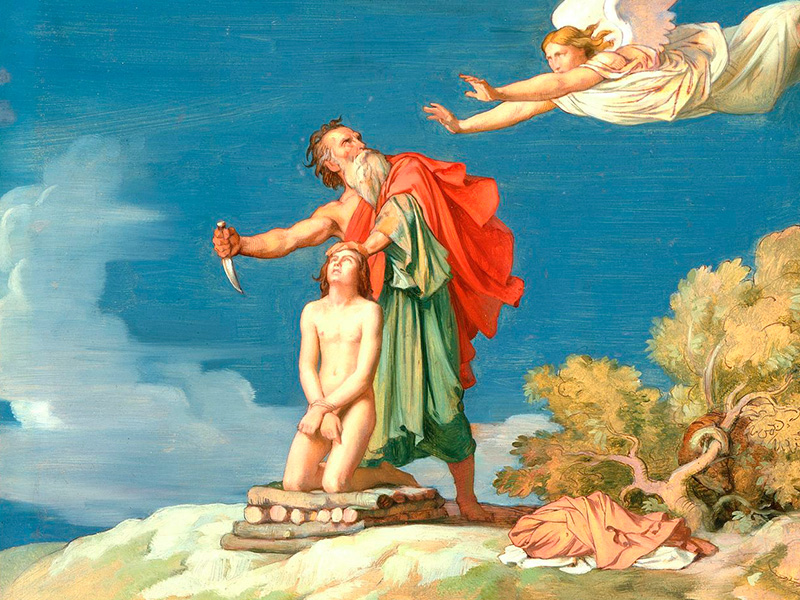“Examine it and examine it more for all is contained within it [Torah]” (Pirkei Avot).
While many tend to view Torah as a book about the early history of the Jewish People, the Torah is also a commentary on, and a guide to, current events, whether 4,000 years ago or in 2017. God’s command to Abraham to sacrifice Isaac was a message to the ancient world that Judaism views with anathema the concept of human sacrifice. Our descent to Egypt served to teach that the most cultured, advanced and strongest country in the world could at the same time be morally depraved and decadent.
Traditionally, Jews look to the week’s Torah portion for parallels to world events. Whether by a Divine guiding hand, coincidence or creative interpretation, there always seems to be a lesson from the parshah that relates to current events. Of course, it takes great wisdom to apply those lessons properly.
On Jan. 21, Jews around the world began reading the book of Exodus, detailing the transition of the Jewish People from a family to a nation. There would be much pain and suffering, teaching the crucial importance of ensuring that others not suffer this way. In fact, the teaching most stressed in the Torah – some 36 times– is the admonition not to afflict the stranger.
READ: A NEW PHARAOH RISES, AND IT’S DONALD TRUMP
With the death of Joseph, the idyllic life of the Jewish People began to change. “And there arose a new king in Egypt who knew not Joseph.” This new Pharaoh feared that these immigrants – who had been living peacefully in Egypt for generations – weren’t loyal to their new country and enacted harsh measures against them.
It’s not only the Torah reading that may present parallels to current events. We find the same in the study of Talmud. In 1923, Rabbi Meir Shapiro, later to be rabbi in Lublin (and a member of the Polish Parliament), proposed that Jews around the world study the same double-sided page of Talmud each day. Thus the “Daf Yomi” phenomenon was born. It takes seven years and five months to complete the 2,711 pages of Talmud. The last cycle was completed in 2012 with a major celebration at New York’s Met Life Stadium, attended by 94,000 people, and many smaller celebrations worldwide.
Daf Yomi recently began tractate Bava Batra, dealing with such subjects as property rights, zoning laws, squatters rights and estate planning. The tractate opens with the ruling that one may force his neighbour to pay for half the costs of a wall between their properties. This is based on the notion that “damages by viewing are damages” and a wall is needed, lest one be able to see into his neighbour’s property. In the case where there is no issue of privacy, such as in a field, one may not compel the other to build a fence.
There is a fascinating debate in the case where Reuven’s property surrounds Shimon on three sides. If Reuven builds a security fence around his property, he cannot force Shimon to pay for half the costs, as protection on three sides does little with the fourth side unprotected. However, should Shimon build a wall on the fourth side, he can be forced to pay his share of all four walls, as he is now benefiting from the fence Reuven built. The Talmud even presents a view that if Reuven builds all four fences himself, Shimon, as a beneficiary of the protection the wall offers, can be forced to pay for half the costs of the wall.
Soon, Daf Yomi will discuss whether a local business can prevent an outside firm from competing in the local market. The thrust of Jewish opinion is that provided the foreign firm pays local taxes, it’s free to operate. While recognizing the potential job losses involved, our sages preferred that the many benefit even at the expense of the few.
Send comments to [email protected]
